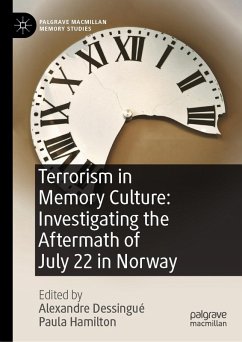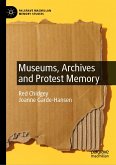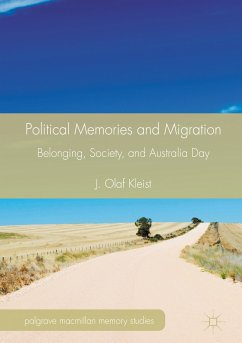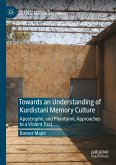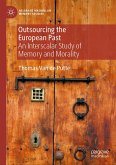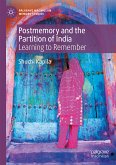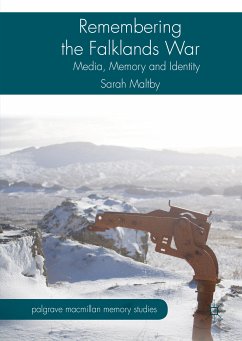This edited collection examines the intersection between the developing fields of terrorism and cultural memory studies through a detailed study of the 2011 terrorist attack in Norway. It examines how the work of remembrance has been established through arts such as theatre and fiction, and also architecture, heritage and education. It traces the politics of the remembrance processes and explores the shifting meanings in public memories that change over the thirteen years since the attack, and are constantly being negotiated in response to present circumstances. It also charts general trends in memorialisation: the globalising and digitalising of memory practices, the speed of memorial initiatives, the role of testimony, and the importance of diverse narratives emerging through newer modes of communication.
Chapters 10, 13 and 16 are available open access under a Creative Commons Attribution 4.0 International License via link.springer.com
Dieser Download kann aus rechtlichen Gründen nur mit Rechnungsadresse in A, B, BG, CY, CZ, D, DK, EW, E, FIN, F, GR, HR, H, IRL, I, LT, L, LR, M, NL, PL, P, R, S, SLO, SK ausgeliefert werden.

